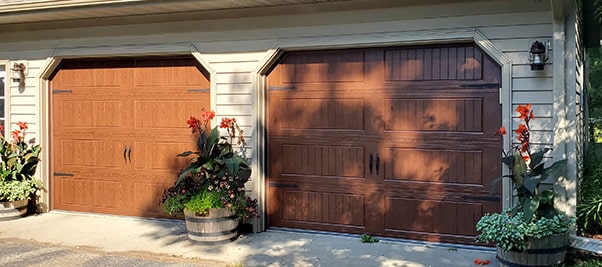
Soundproof foam, also known as acoustic foam, is a popular material used for sound absorption. It is made from open-cell polyurethane foam and is widely used in recording studios, home theatres, and other spaces where sound quality is crucial. However, there are many misconceptions surrounding this material that often lead to confusion and misinformation.
When it comes to creating the perfect sound environment, myths about soundproof foam abound. Whether you’re a seasoned sound engineer or a beginner looking to set up a home studio, knowing the truth about soundproof foam is crucial.
We’re here to debunk the most common soundproof foam misconceptions to ensure you make the most of your soundproofing efforts.
1. Soundproof Foam Completely Eliminates Noise
The Myth: Many believe that tack a few foam panels on the wall, and you’ll have a room as quiet as a studio.
The Truth: Soundproof foam, or acoustic foam, is designed to reduce echo and sound reflections within a room, which can improve sound quality. However, it does not block sound transmission, so it won’t make a room completely silent.
Understanding Sound Absorption
Acoustic foam is excellent at absorbing certain frequencies, but it does not stop sound from travelling through walls or doors. To significantly reduce noise, you need materials that are designed for sound isolation, like mass-loaded vinyl, fibreglass insulation, or resilient channels.
2. Soundproof Foam Is All You Need for Perfect Acoustics
The Myth: A common misconception is that using soundproof foam alone is enough to achieve optimal room acoustics.
The Truth: While soundproof foam can help with echoes and reverberations, it doesn’t address low-frequency issues and doesn’t ensure a balanced frequency response.
Balancing Soundproofing and Acoustic Treatment
For great acoustics, it’s essential to manage how sounds interact with the entire environment, not just the walls. This involves a combination of soundproofing (keeping sound from getting in or out) and acoustic treatment (improving sound quality within a room).
Bass traps, diffusers, and specific foam shapes and thicknesses are all part of a comprehensive acoustic solution.

3. Soundproof Foam Is Only for Walls
The Myth: Some believe that soundproof foam only works when affixed to walls, which limits their ability to control sound in other areas.
The Truth: While walls are a primary location for soundproof foam, they can be used on various surfaces for effective noise reduction.
Versatile Applications of Soundproof Foam
Soundproof foam installation can benefit ceilings, floors, and even doors. Consider your room’s specific needs. If you’re in a rectangular space with parallel walls, for example, you might want to focus on reducing sidewall reflections by placing foam in strategic locations. For floors, consider using a combination of carpet and foam to absorb sound.
4. Soundproof Foam Is Expensive and Not Worth the Investment
The Myth: Many assume that high-quality soundproof foam is prohibitively expensive.
The Truth: While there are certainly premium options available, there are also cost-effective choices and even DIY solutions that can make soundproof foam much more accessible.
Cost-Effective Soundproofing Solutions
If you’re on a budget, start by identifying the most problematic areas in your sound environment and focus on treating the first reflections. Applying soundproofing principles to your entire room might be costly, but a targeted approach can deliver noticeable results without breaking the bank.
5. Soundproof Foam Is a Fire Hazard
The Myth: One of the greatest concerns surrounding soundproof foam is the idea that it is a safety hazard, particularly in the event of a fire.
The Truth: While some older or lower-quality foams might have flammability issues, many modern soundproof foam products are designed to be fire-resistant.
Ensuring Safety with Soundproof Foam
When considering soundproof foam, it’s essential to look for products that have been tested and certified as fire-retardant. Additionally, always ensure proper spacing from heat sources and comply with local building codes.
Conclusion
Soundproof foam is a valuable tool for creating a better sound environment, but it’s essential to understand its limitations and how it works in conjunction with other acoustic solutions.
Debunking these common myths can help make informed decisions about your soundproofing needs and achieve optimal results. Remember to always do your research and consult with professionals when needed to ensure the best possible outcome for your sound environment. Don’t be swayed by misconceptions and take the first step towards achieving optimal acoustics with soundproof foam!




